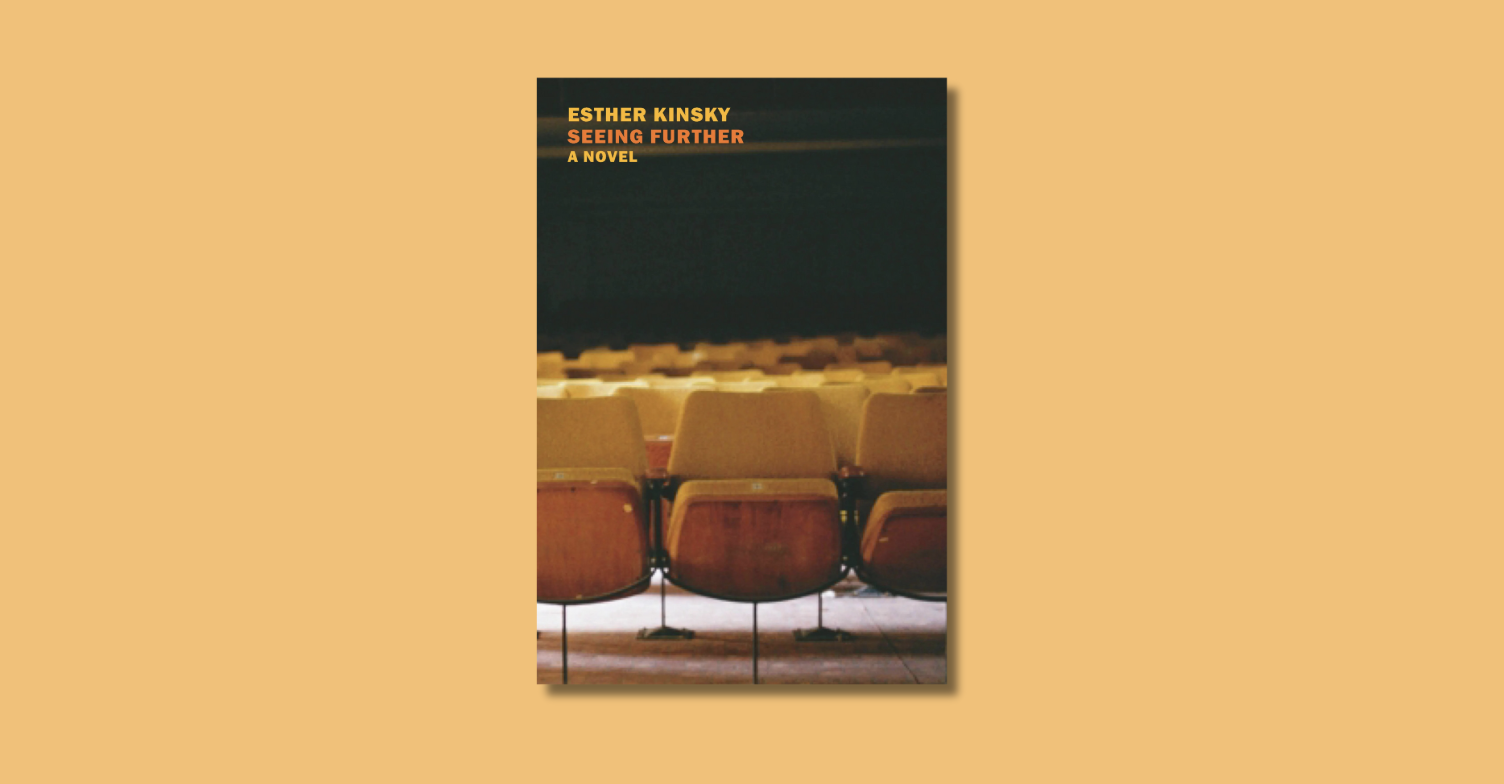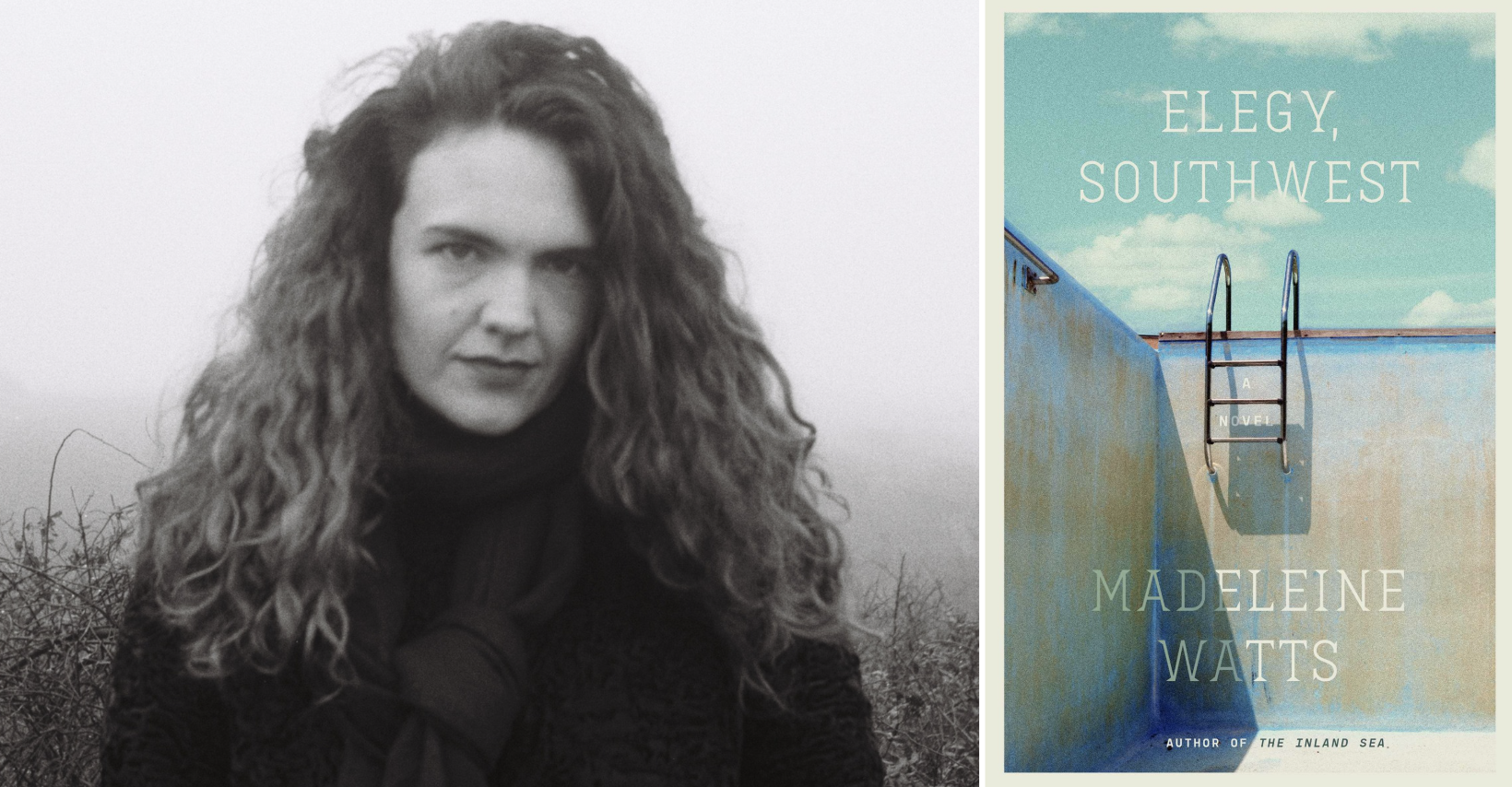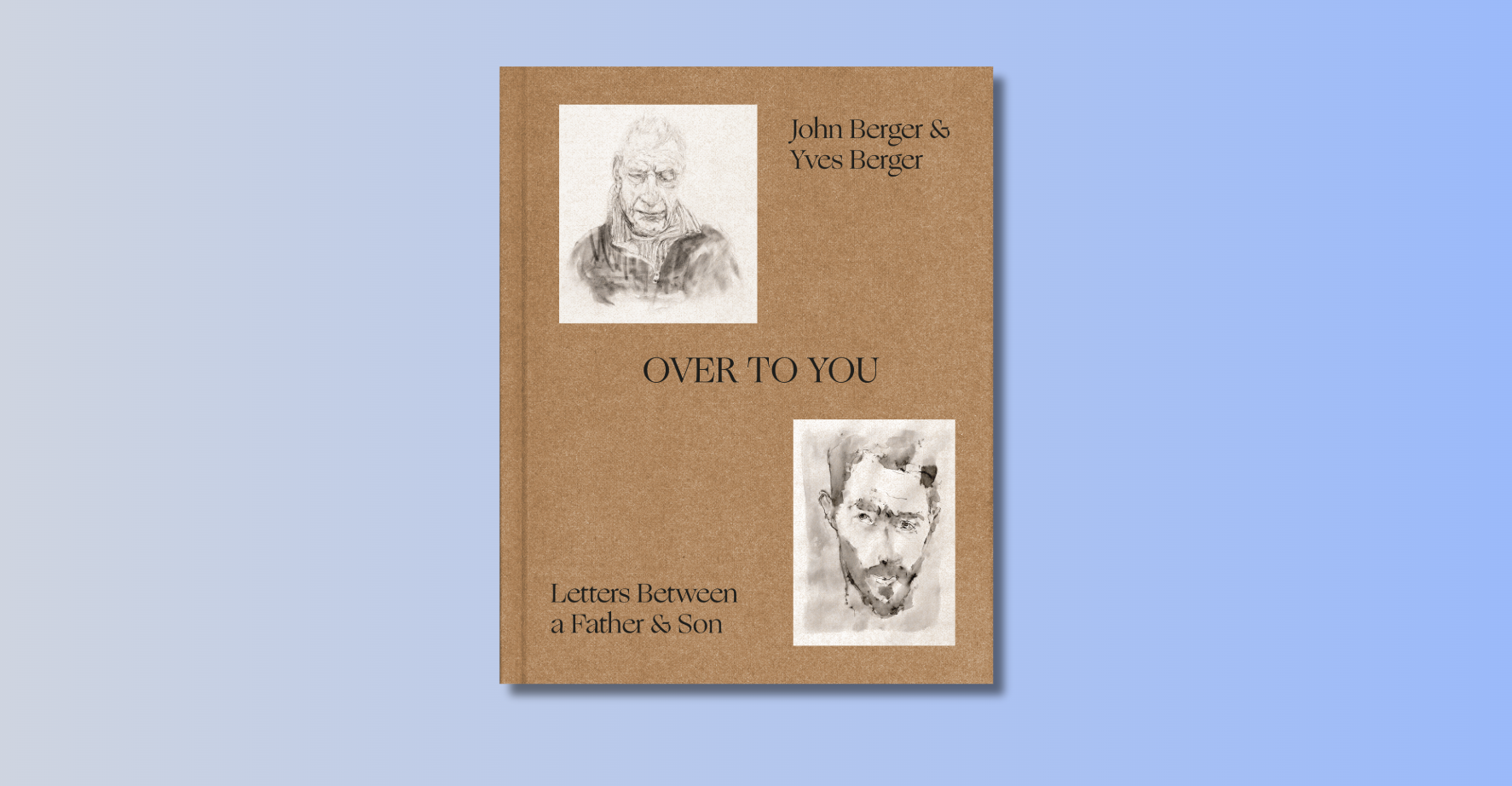First, fiction. It almost goes without saying that people are still reading The Fortress of Solitude by Jonathan Lethem, but last week I noticed some other new fiction making inroads among the reading public. Mailman the fourth novel by J. Robert Lennon takes its title from the occupation of the main character, Albert Lippencott, “a loner who reads the mail before delivering it.” Ever since I read Thomas Pynchon’s paranoiac masterpiece, The Crying of Lot 49, I’ve thought that there is a wealth of material that might be mined from the machinations of the Postal Service. When you look at it in a certain way, mail is a pretty crazy thing; billions of pieces of paper crisscrossing one another invisibly from one end of the world to the other and so many stories in those letters. Also proving popular, due at least in part to impeccable reviews, is The Known World by Edward P. Jones. And lastly, lots of people are looking to read Charles Baxter’s latest, Saul and Patsy. Like his previous novels, Baxter’s latest is thoughtful, reflective and “quietly triumphant.” Several of my trusted fellow readers have singled out Saul and Patsy as a book they are dying to read.








